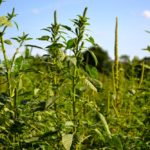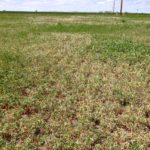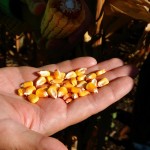
Going wide on corn row spacing
In this research, allowing more space for the intercrop has little or no effect on corn yield

Soybean cyst nematode tough in dry beans too
The pest can be especially devastating in certain classes of edible beans

The U.S. ‘No. 1 weed problem’ heads north
Other weeds are higher priority for now, but be on the lookout for Palmer amaranth

PHOTOS: How to identify Palmer amaranth

Avoiding another year of ‘snirt’
North Dakota farmers and researchers are finding success in controlling soybean field erosion by planting cover crops

Sunflowers need a hybrid lift
With Western sunflower acres dropping sharply in recent years, new varieties are needed to claw acres back from easier-to-grow soybeans

Should drought-stressed alfalfa be clipped?
Clipping drought-stressed alfalfa will not help it regrow faster when rainfall or moisture comes back

Learning from organic agriculture
These conventional farms are adapting techniques from organic agriculture — with a little time and care

Waterhemp knocking at Canada’s door
This cousin of the feared Palmer amaranth has reached the Canadian border, and could soon begin marching across the West

The Corn Belt moves north
Monsanto has plans to produce varieties that can be grown on half the acres in Western Canada


